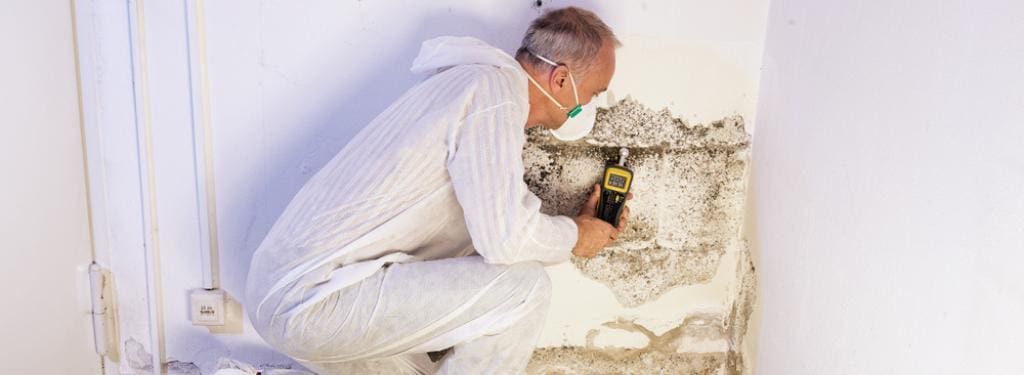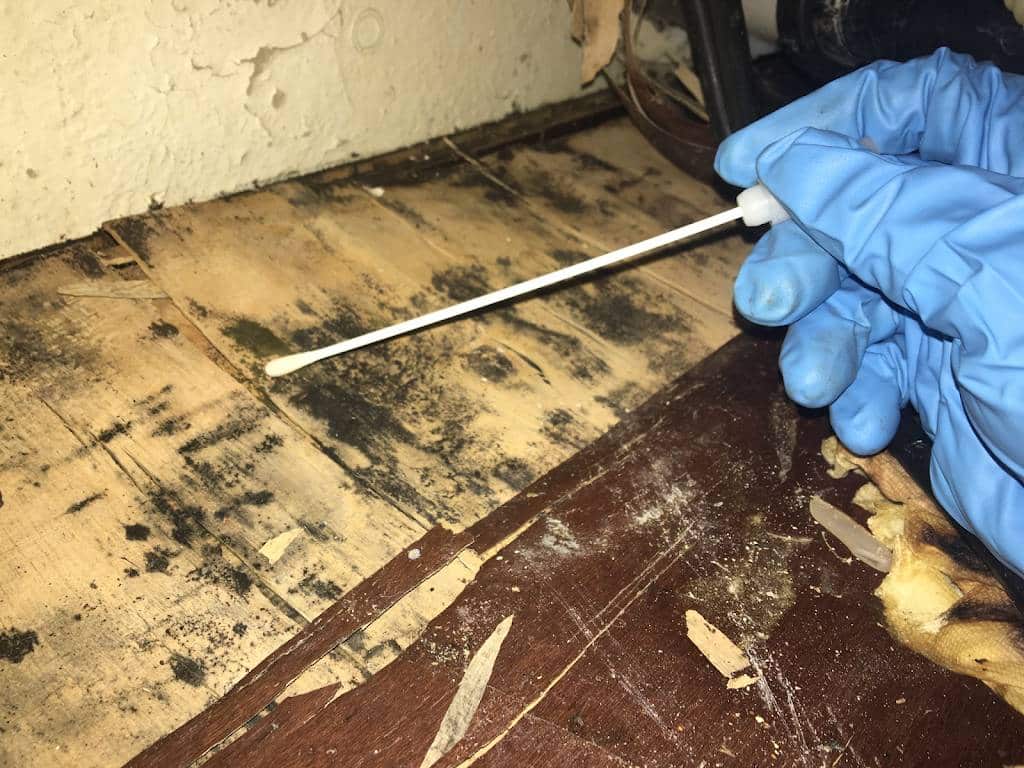Guidance on What to Do After Mold Remediation
Wiki Article
Your Ultimate Overview to Message Mold Remediation Techniques
Browsing the world of post-mold remediation techniques is a careful process that requires attention to information and a detailed understanding of the complexities entailed. In the consequences of mold problem, knowing how to efficiently eradicate the mold and avoid its reoccurrence is paramount for maintaining a healthy and balanced interior environment. From selecting the appropriate cleaning and decontaminating approaches to executing techniques for long-term mold and mildew prevention, each action in the removal trip plays an essential role in guaranteeing an effective outcome. As we start this exploration of post-mold removal strategies, we will reveal the key methods and finest techniques that can aid you recover your room to its pre-mold problem and protect it versus future mold dangers.Recognizing Post-Mold Remediation Process
After finishing the mold and mildew removal process, it is vital to comprehend the post-mold remediation techniques that are essential to ensure a reliable and detailed clean-up. As soon as the mold and mildew has actually been removed, the next action includes cleaning and disinfecting the affected areas to avoid any type of regrowth of mold and mildew. This consists of using specialized cleaning representatives to clean down surfaces and kill any type of staying mold and mildew spores. It is important to dry the location entirely to dissuade the development of mold and mildew in the future (testing air quality after mold remediation). Appropriate ventilation and dehumidification can help in this procedure.
Moreover, carrying out a last examination post-remediation is vital to make sure that all mold has been efficiently eliminated. This inspection ought to involve a thorough visual check as well as potentially air sampling to verify the absence of mold and mildew spores airborne. If the assessment reveals any type of remaining mold and mildew, extra removal may be required. Lastly, informing owners on preventative steps such as controlling moisture degrees and immediately addressing any type of water leaks can assist keep a mold-free environment.
Reliable Cleaning and Sanitizing Techniques

Protecting Against Future Mold Growth

Relevance of Appropriate Ventilation
Correct air flow plays an important duty in protecting against dampness buildup, a key consider mold and mildew growth within indoor environments. Reliable ventilation systems aid remove excess moisture from the air, minimizing the chances of mold and mildew spores locating the dampness they need to sprout and spread. Without ample air flow, interior areas can come to be a breeding place for mold and mildew, causing prospective wellness risks and architectural damage.By making sure correct air circulation, ventilation systems can additionally help in drying damp locations more swiftly after water damage or flooding events, better discouraging mold and mildew growth. Post Mold remediation cleaning. Precede like restrooms, attics, basements, and kitchen areas where dampness degrees tend to be higher, mounting and keeping effective ventilation systems is essential in stopping mold and mildew infestations

Surveillance and Upkeep Tips
Given the vital duty that proper ventilation plays in avoiding mold growth, it is critical to develop effective tracking and upkeep pointers to make sure the ongoing capability of air flow systems. Monitoring humidity degrees within the building is likewise important, as high humidity can contribute to mold and mildew development. By remaining aggressive and attentive to the condition of ventilation systems, home owners can effectively alleviate the threat of mold and mildew regrowth and preserve a healthy interior setting.
Verdict
To conclude, post-mold removal methods are vital for making sure a secure and tidy atmosphere. Comprehending the process, applying efficient cleaning and disinfecting methods, protecting against future mold and mildew growth, keeping appropriate ventilation, and regular surveillance are all critical steps in the remediation procedure. By following these standards, you can efficiently remove mold and mildew and prevent its return, working or promoting a healthy and balanced living space for all owners.In the after-effects of mold infestation, recognizing exactly how to properly eliminate the mold and mildew and avoid its reoccurrence is extremely important for keeping a healthy interior environment. When the mold and mildew has been gotten rid of, the next action involves cleaning and decontaminating the influenced locations to prevent any type of regrowth of mold and mildew - Post Remediation Inspection near me. After eliminating visible mold and mildew development, it is important to cleanse all surface areas Post Mold remediation cleaning in the affected area to remove any kind of continuing to be mold and mildew spores. To further improve mold and mildew avoidance actions, it is essential to attend to underlying concerns that initially led to mold development.Provided the crucial function that correct air flow plays in avoiding mold and mildew development, it is crucial to establish reliable surveillance and upkeep pointers to ensure the continued performance of air flow systems
Report this wiki page